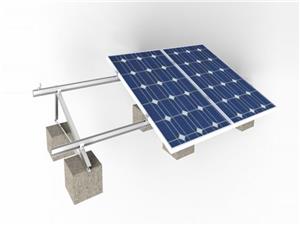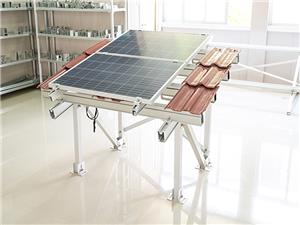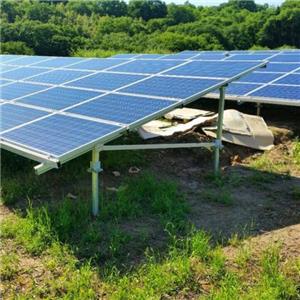How many panels do I need to support a farm? And how much power can it generate?
How many panels do I need to support a farm? And how much power can it generate?
Solar farms are becoming increasingly popular around the world using a solar ground mounting system. These farms have rows and rows of ground solar panels which are common in rural areas with acres of land. Apart from just powering up the farm they provide electricity to neighboring communities, reduce waste, maximize the production of energy for utility companies and most importantly rejuvenate the farm's soil for further crop production.
To run a solar farm, it Is important to consider the number of panels needed. And this is mostly determined by the cost of installation and the size of the farmland. The best solar panel systems one can use are solar ground systems for agriculture as they are more efficient than roof systems.
The number of panels determines your total installation cost more than any other variable. So having an estimate for how many panels you want should be one of your first goals.
A more efficient way to know this is to consult an agricultural solar consultant (Request an agricultural solar consultation). They can provide all the necessary data and costs and so much more regarding solar farms and a lot more. Getting a solar consultant is the safest option as they are more experienced and well-versed in solar farms.
However, these consultants do cost a lot of money and there are other ways to know how many solar panels will be needed to support a farm that can at least give someone an insight into how much it would cost and if it will be productive farming method.
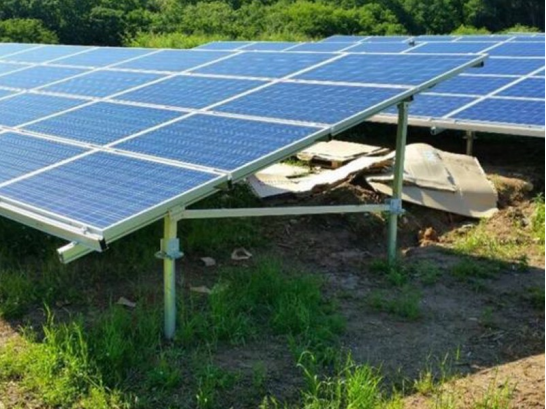
One of the most important things to know before installing panels is the size of the land. 40 acres of land can get at least 5MW capacity of the farms. It depends on how much power is required to run the farm and how much space the farmer can compromise for the panels.
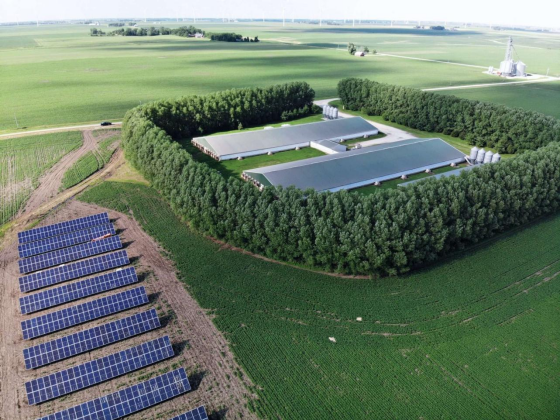
The following steps are a guide to knowing how many solar panels a person will need to support a farm.
Step 1 – Add the current energy costs utilized in a month/ year
Calculate the total cost of electricity utilized every month as well as the whole year (last 12 months) to know exactly how much power it takes to run the farm and if it is possible and compare it to installing solar panels.
The solar panels may not be able to cover the whole power bill, but knowing your utilization cost can help in choosing how much of the bill the panels can take over. For example; if you spend $50,000 a year that amounts to an average of $4100 per month in energy costs. This can help estimate the portion of the costs that can be charged to the solar panels.
To be extra careful it also helps If you can get the charges from 5 years ago in case of inflation. This will help eliminate energy inflation in the future and increase savings for years to come as the same amount of money will be paid then.
Step 2 – Calculate the energy consumption in kWh
Add the total kilowatt-hours used in the last year (12 months) and every month to the current one. This will help in knowing the energy consumption each year and month (on average).
It would also be good to note the seasons that consume more energy and the months that use the least energy. Sometimes more energy is consumed in the winter than in summer. This also depends on the crops grown on the farm. If they are seasonal crops or require less energy during certain months. Every aspect or usage of energy counts in terms of the appliances that consume more energy like fans, lights, etc., in some months and seasons compared to other appliances.
This is important because even though the power consumption may be the same for the next few years, the cost of consumption is likely to rise. If the power consumption is 6000kWh in a month and the solar panels produce 5000kWh, then the electricity bill will be 1000kWh. This means that inflation costs can be avoided.
Step 3 – Decide the capacity (power) of the solar panels
Going for a full power supply is possible, but it can be a bit tricky. Meaning that, if in July the power consumed is 5000kWh but in November it is 6000kWh, the panels produce more than their capacity in November during the winter an extra 1000Kwh. And depending on the sun exposure in November, the panels might produce even less during that month.
This makes it impossible for 100% solar power throughout the whole year since the power consumption and weather are most likely to change.
One of the best options to solve this problem is net metering (solar buyback program). Make an inquiry about this in your city or state government.
This is a good option because it allows you to sell the excess power on the months that use less power for a credit. For example; in December you use excess power than the capacity of your solar panels. You can get use the credit from the previous month where less power was consumed and apply it to December until it is all used up. Then in January, you might pay a small bill depending on the consumption.
This will benefit the user throughout the year without wasting unused power. Excess power happens every day; some days produce more power than others. And some days the panels consume more energy than other days.
The other option is using a solar array. A solar array reduces installation costs, ensures that there is no production, and helps in using 100% power throughout the whole year. The only cost will be on solar batteries which will help in storing more energy and using it when needed.
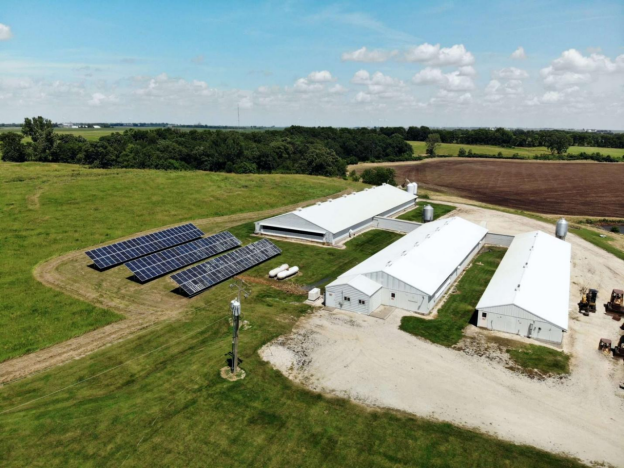
Step 4 – Measure the amount of direct sunlight on the farm daily
The direct sunlight on the farm is very important. Knowing the location of the farm will help to accurately determine the sunlight. Not only the farm but also the direct sunlight on the surrounding area or city.
In this step, it is important to consider the location of the house, the roof, and any surrounding buildings or trees that might shadow the panels when placed in a certain position. To find out and calculate this you can use a PV Watts calculator. This will help determine the direct sunlight on the farm. The calculator requires a lot of details on several factors as well as measurements.
This article will help guide a user on how to use the PV Watts calculator. The device gives the monthly average direct sunlight and the annual average direct sunlight. You can also determine the amount of energy a solar panel produces each month and the cost for each month.
Step 5 – Calculate the size of the solar System
This step involves calculating the average power production in a month and dividing it by the average direct sunlight in a day multiplied by 30 days.
This can help decide the amount of power needed for the farm. After knowing the size and capacity of your solar system then you can know how many panels are needed for the farm.
Step 6 – Determine the number of solar panels needed
Finally, to calculate the number of solar panels you will need to multiply the size of the solar system by 1000 and divide it by the solar panel wattage chosen for the farm.
Depending on the production of your farm get solar panels that will produce 45 to 400 watts considering the steps taken above. Depending on how much the person is willing to pay for the panels. For example; if you get panels with fewer watts, you will need more than one panel for the same production capacity.
The best way to get this number is using a PV watts calculator which will provide more accurate results.
REFERENCES
https://www.starwinsolar.com/case/2021-solar-farm-mounting-structure-project-installed-in-japan

